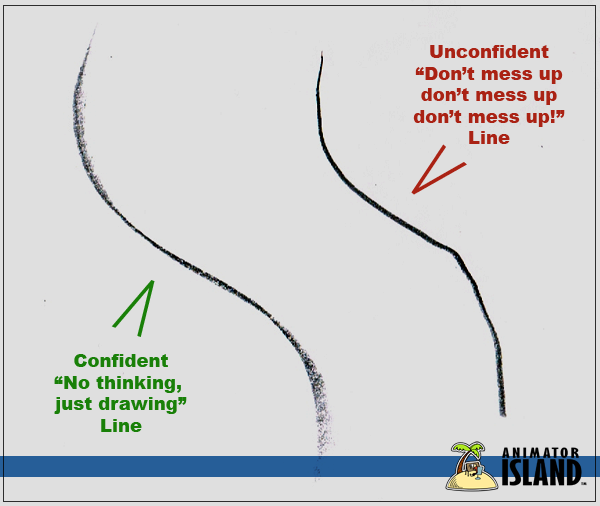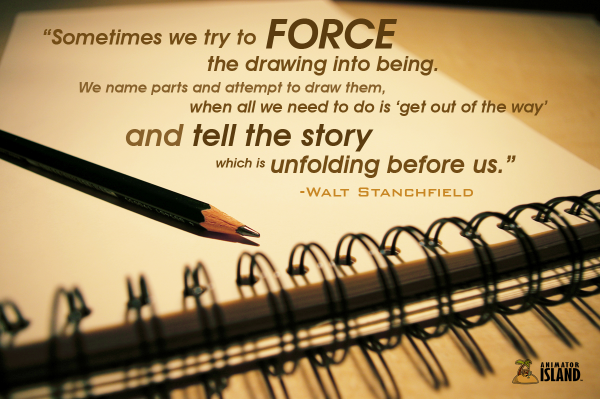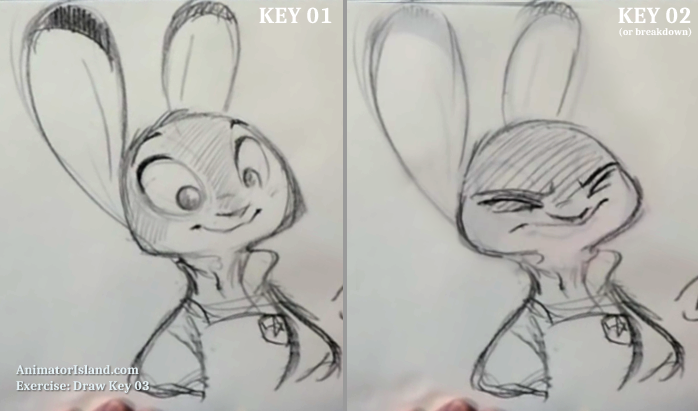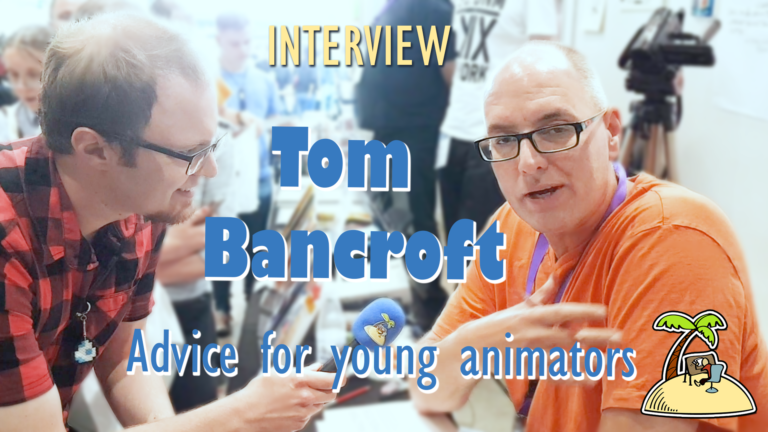Tips for Drawing: Turning Off Your Brain
One thing that sets the greatest artists apart from the masses is confidence. A confident line can take an average drawing and make it extraordinary. Unfortunately most of us draw with a nervous energy and thousands of thoughts going through our brains every second. To achieve better work, you have to turn that internal noise off.
The confidence great artists have is not obtained through any sort of magic, or even natural talent. It’s gained through experience. The truth is, they don’t have to think as hard while drawing because they’ve “been there, done that” for years upon years. Like a great athlete on a record breaking run, their minds get “into a zone” and all that experience just flows out onto the page.

Sure, every new drawing is unique. But much like a good handyman knows how to look at a new problem and use previous, different-project experiences to tackle it, a great artist sees the similarities of their latest work of art and all the works that came before it. And then TRUSTS that they’ve seen it before.
Let’s consider as an example doing a life drawing.
Chances are very good this isn’t YOUR first drawing. You’ve probably done quite a few. And yet you may find that your brain is tackling whatever you’re drawing as if you had no experience. It is fretting, and criticizing, and frankly getting in your way while you’re trying to work. Yammering on a mile a minute, telling you what lines to put down and where they go.
Think about this: Everything you need to do a good drawing from life is right in front of you. If you copied down directly what you see, the majority of people would say that’s a fine drawing. (There is, of course, the idea of pushing poses and such, but in this instance we’re talking about drawing directly from life, no alterations.)
Being ABLE to copy exactly what you see is what takes a lifetime of work to achieve. However the information is all there. It’s only when your brain jumps in and starts assuming it knows what you should do, instead of looking at your reference, that things get jumbled. Suddenly you’re trying to draw two pictures: The one in front of you, and the one your brain thinks it knows better than the one in front of you. And your brain, as powerful and wonderful a creation as it is, will be wrong most of the time. Do you know what you get when you try to draw two pictures at once? One really bad drawing.
So what to do?
The next time you sit down to do some life drawing, take a moment to yourself first. Take a deep breath. Relax your shoulders. Try to be in the moment and clear away all the clutter racing around in your head. Then just draw. You know how. You’ve picked up a pencil before. Don’t worry at first about if what you’re drawing is right. Know it will be. (Confidence.) Tom Bancroft offers some great thoughts on confidence in drawing here.

You can always go back and use the reference in front of you to make any changes that need to be made. The important thing is in this early stage you just get out of your own way, relax, and let the drawing pour out of you. And focus on what you’re doing. Be present. If you’re putting down the gesture line running through the figure, don’t worry about what the quadricep muscle looks like. When you get to that muscle, it will still be there. Tackle it then.
Now, much like the confidence that comes with a lifetime of practice, you may find this idea of turning your brain off also takes some work to improve. At first you may only get two or three lines down before the onslaught of internal critique comes back. That’s ok! You got those two or three lines down and you did them without worry or tension. Keep going and try to make it four lines next time. Then five. Before you know it, you’ll be well into a drawing before you “wake up” and think “Oh dear! All these lines have gone down and I didn’t even start worrying about if they were any good until right now!”
…
“Hmm… Now that I look at what I have, it’s actually pretty good. Maybe I don’t need to worry after all.”
No time like the present, either. Go give it a try!







I’m so familiar with those lines. I think everybody is! Made a lot of them when I first used ink. But the more I drew, the more confident I became and the number of those lines really dropped. 🙂
I still remember the first time I saw one of the confident lines come from my own hand. I was bouncing off the walls and telling everyone who would listen. “Look, look! See? Look at that line there!” They thought I was crazy. 🙂
very interesting, I’ll try that.
I particularly have to struggle with my own demons when animating a character, since I got so litte experience at it. But you’re right. because when I animate in flash (that I’ve been doing for the last 10 years o so) the hole thing just pour out without even thinking about. I’ll try to keep that mindset to my character animation as well.
I’m sure it will improve, but you’re right. Regarding character animation, just “letting go” and doing it is a scary endeavor. I think it’s because with a single drawing you can always go back and fix it. But with animation, if that first frame or a major key is messed up then everything else can really fall apart. So there’s more stress!
The book “Drawing on the Right Side of the Brain” by Betty Edwards is of the most interest regarding this issue. I would totally recommend it.
Cheers.
Totally agree! It’s a fascinating read that every artist should check out.
I’ll just sum it up: I’m thoroughly enjoying your site. It helps every single week and is inspiring so thank you for that. I’m a long time reader but never posted a comment before so I just wanted to let you know. Keep up the good work.
Hope you don’t mind me going through your older posts, but I found this very useful. I’m so glad to know that I’m not the only one who struggles with this type of thing!
Do you have any tips perhaps on line thickness variations or do you think that defines more to specific art styles?
Glad it was helpful!
Regarding the line thickness thing, I think any piece of art – regardless of style – can benefit from a healthy dose of line weight variation. In my opinion it adds life and appeal. As far as “tips” go, it’s really a practice thing. I wish there was an easier way (some programs can fake it, I guess) but for the most part you just have to draw draw draw until the lines start to finally reach that level of contrast and life. 🙂